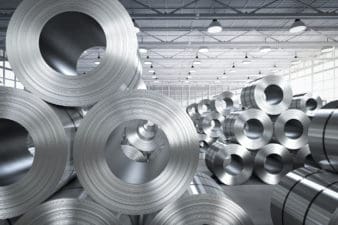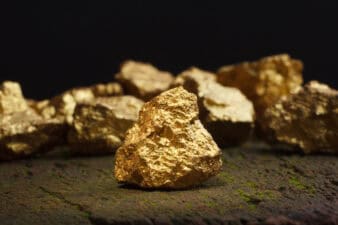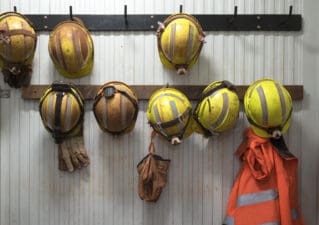Iron ore is a tricky business. A commodity, like oil or potash, Canadian iron ore producers are now seeing the vast majority of the gains made in the commodity’s rally in the fourth quarter of 2016 disappear.
I’ll be taking a look at the broader iron ore sector with a particular focus on Labrador Iron Ore Royalty Corporation (TSX:LIF).
What’s going on with iron ore?
With a glut of low-cost iron ore being brought to the market from Brazil and Australia, margins are getting squeezed across the board. The price of iron ore is now down more than 50% since 2013; many analysts have said that the rebound in iron ore prices is now over, and the commodity may reach new lows in 2017.
Chinese demand for iron ore drives the market; the country imports significantly more than the United States, and demand appears to be slipping drastically as China aims to cool its housing market.
The risk that supply will simply outpace demand is real, and this risk is being priced in to iron ore futures. While these futures traded above $90 a ton in February, the price for iron ore is now hovering around $60 and heading toward lows seen in June of last year below $40.
Estimates from a number of firms, including British Liberam Capital, have indicated the price of iron ore could drop into the $30-40 level; the Australian government indicated in January (while iron ore prices were peaking) that the price of iron ore will likely see a price level in the $50 range this year.
These concerns by analysts are, in my opinion, not being taken as seriously as they should be by iron ore–producing firms. For example, Rio Tinto PLC (ADR) (NYSE:RIO), which owns a majority stake in IOC (I’ll get to that later), has said it has no concerns about the health of Chinese demand and iron ore prices.
Similarly, Labrador Iron has stated in its most recent financial statements, “The price of iron ore in early 2017 has again exceeded forecasts. If the improved prices and premiums continue in 2017, IOC achieves the production guidance, and the Canadian dollar does not appreciate materially against the US dollar, the 2017 outlook for LIORC will be significantly improved cash flows.”
Beware of common misconceptions
Fool contributor Karen Thomas recently wrote a piece praising Labrador Iron, citing two reasons to buy that are common misconceptions.
The first investment thesis I would like to speak to is the claim that Labrador Iron’s income is royalty based, and thus the company does not have exposure to Iron Ore Company of Canada’s (IOC) inherent operational/business risk.
To start, this thesis ignores the fact that Labrador’s 15.1% equity interest in IOC is a de-facto example of direct exposure to IOC’s operational- and business-related risk. It also ignores the fact that while the royalty portion of the company’s exposure to IOC is “off the top,” the company states in its financial statements that “it is affected by changes in sales volumes, iron ore prices and, because iron ore prices are denominated in US dollars, the United States–Canadian dollar exchange rate.”
The risks associated with the price of iron ore and the CAD/USD exchange rate cannot be understated.
The second thesis I would like to speak to is the fact that because Labrador Iron’s all-in sustaining costs are currently $36.41 per tonne, the company will be able to maintain profitability at current low levels. If prices drop to the $30-40 level in the near to medium term as suggested by many analysts, Labrador Iron may no longer be profitable, and the relatively attractive dividend will likely be scaled back.
Stay Foolish, my friends.





